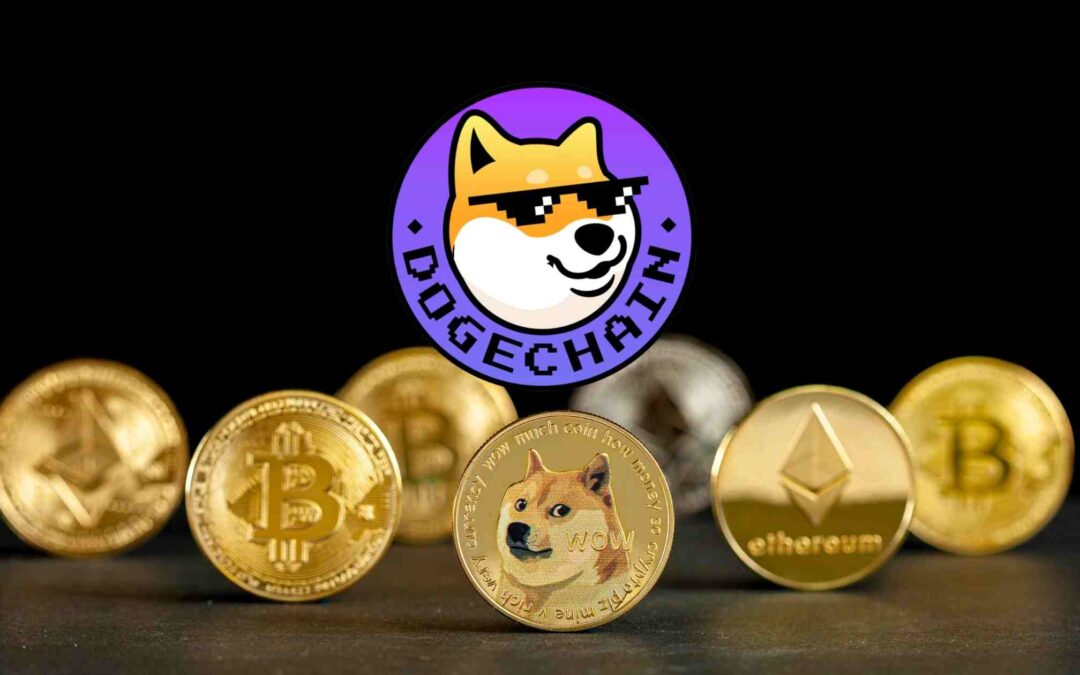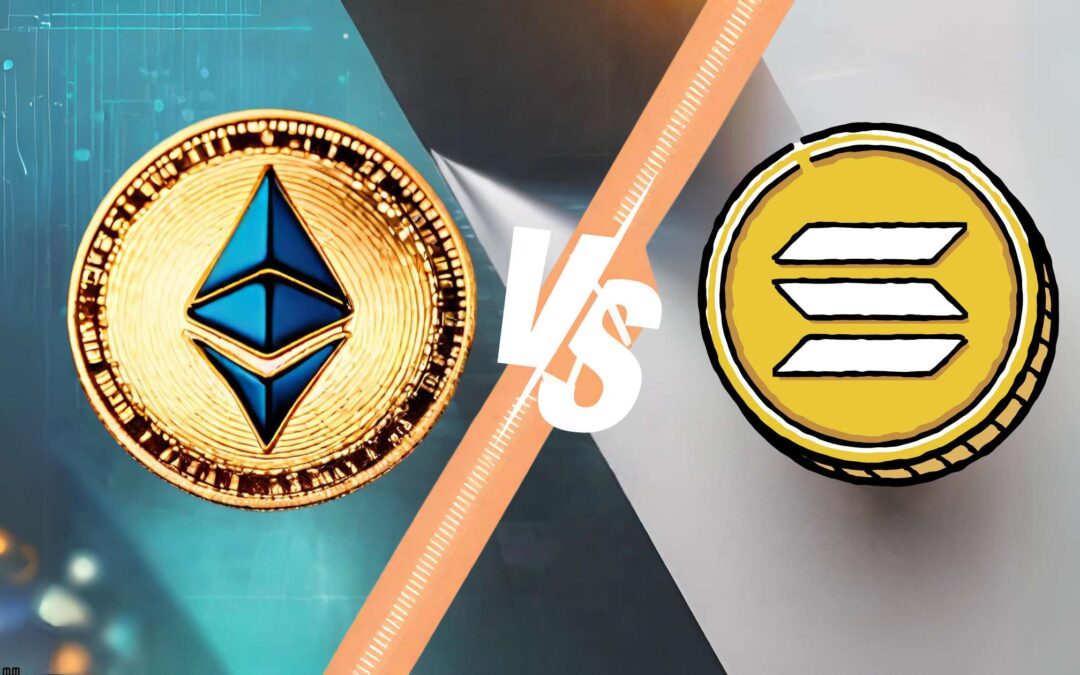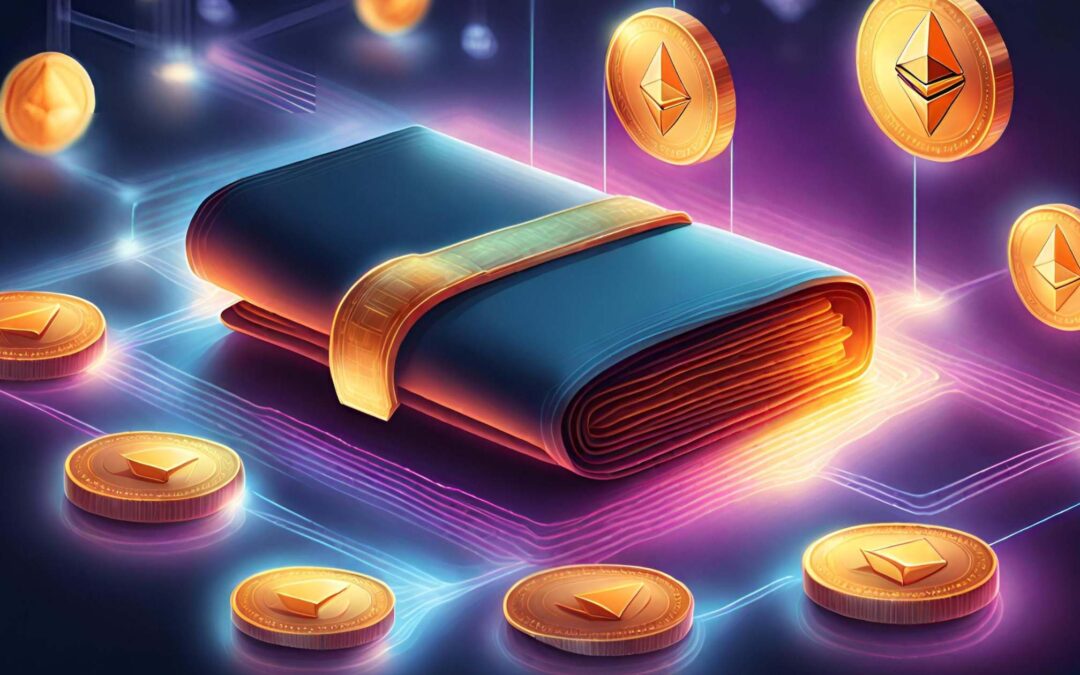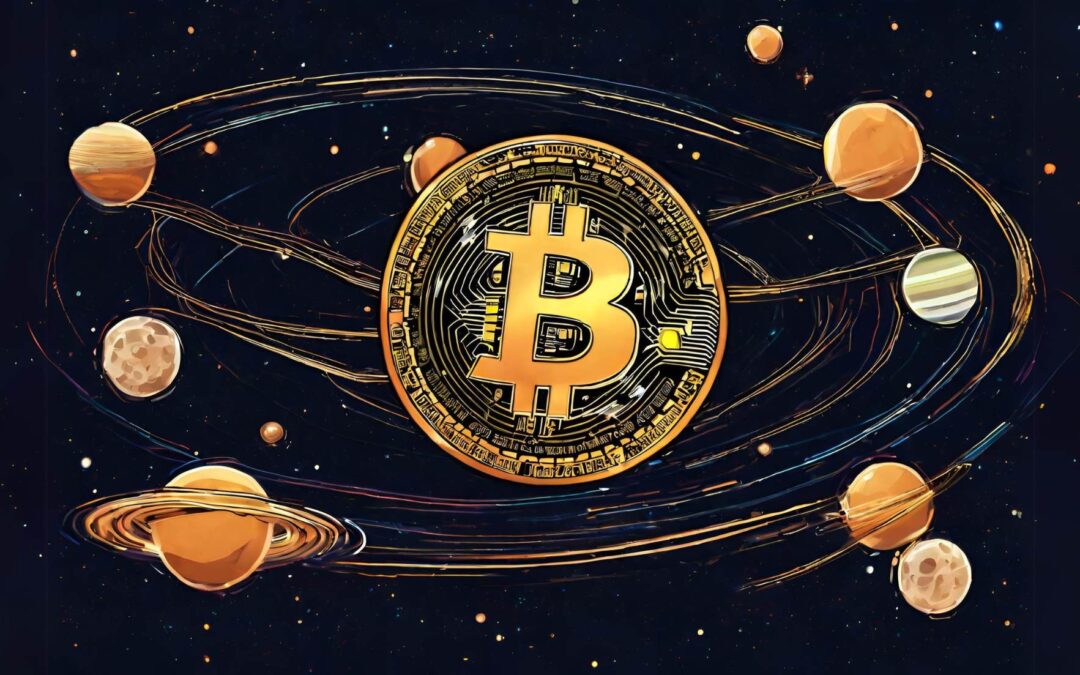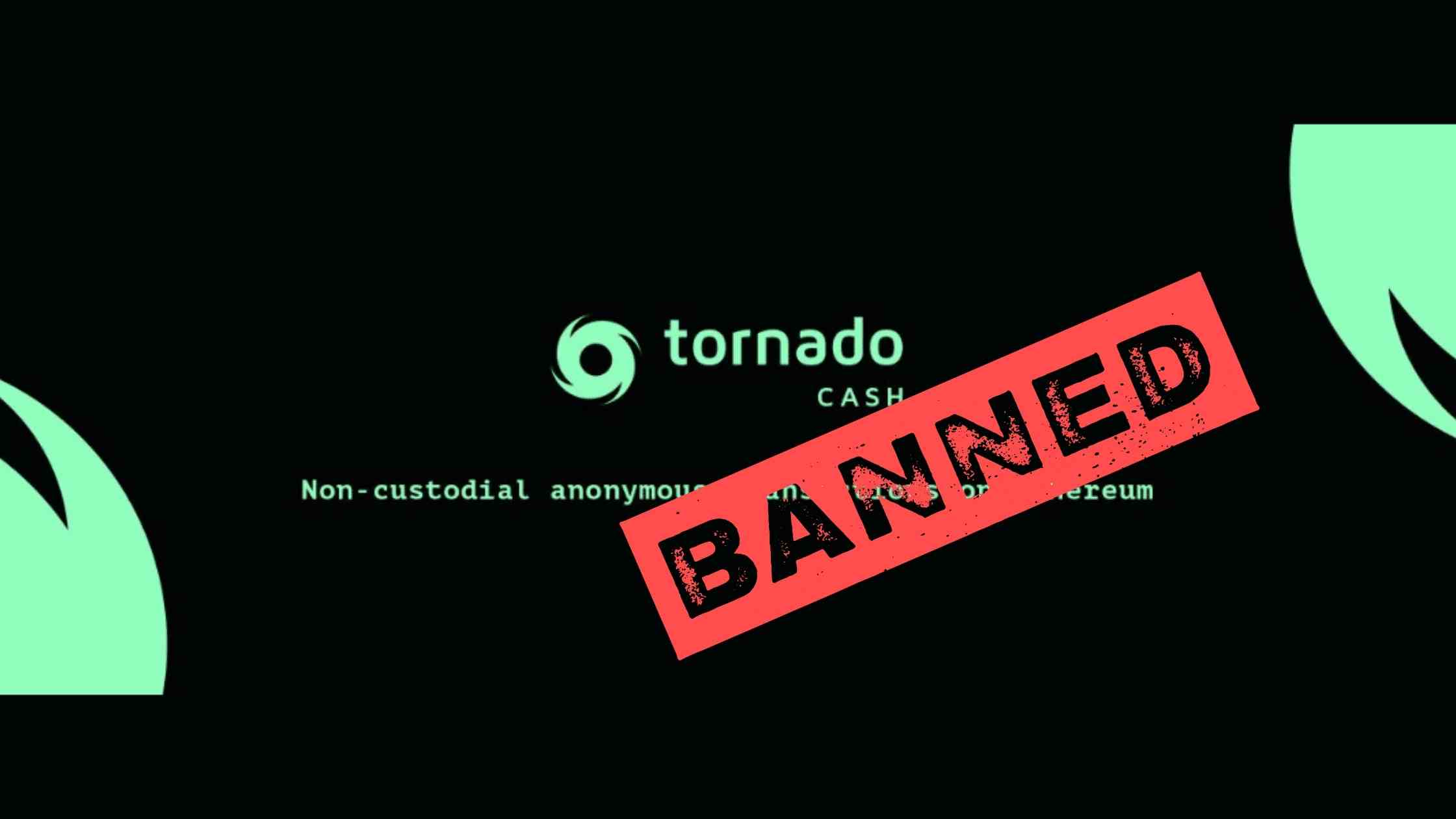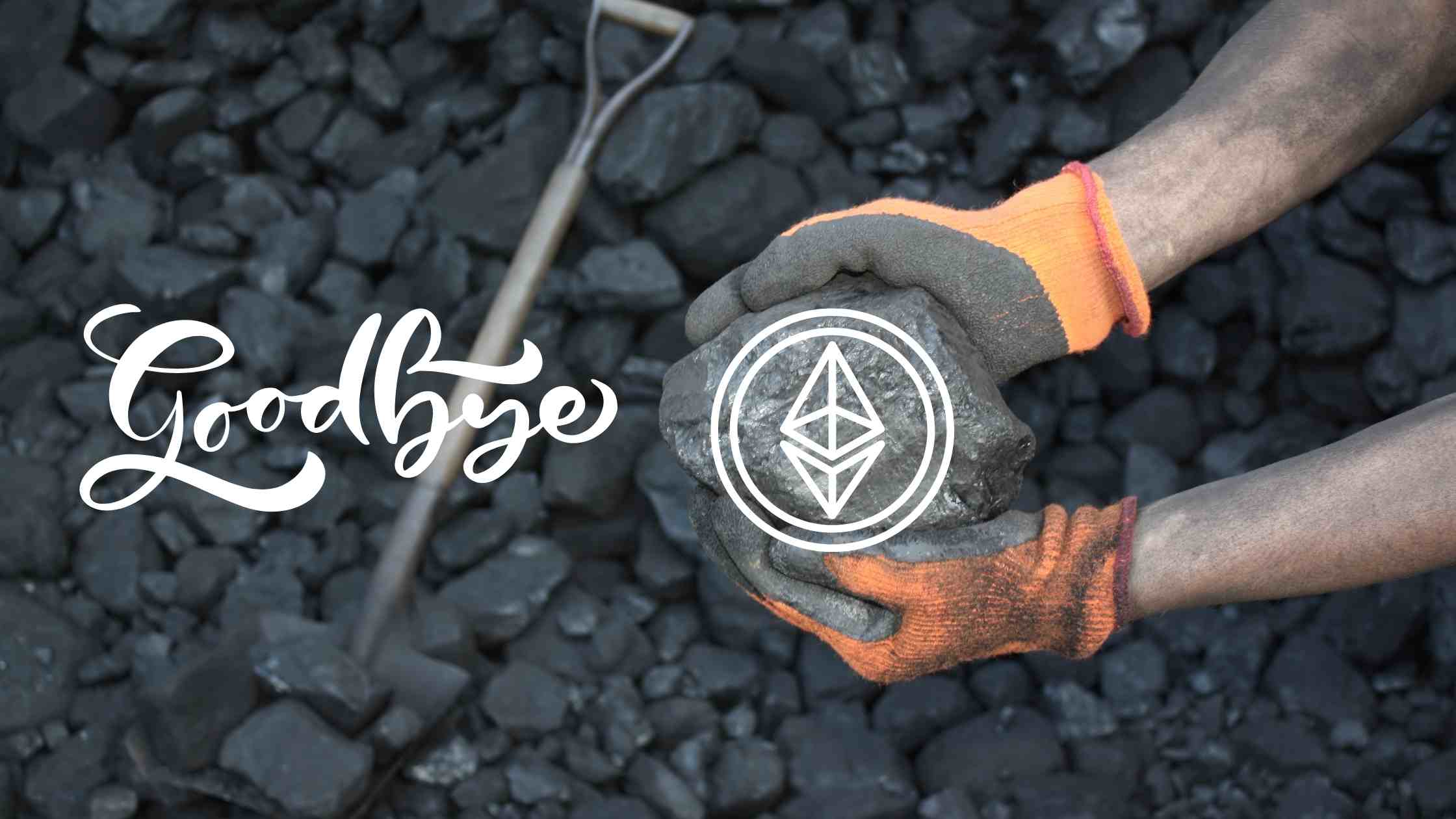Explore the intricate interplay between Bitcoin’s price movements, economic indicators, and trader behaviors in this detailed analysis.

ENS’s eth.link Could Be Lost Because There’s Nobody To Renew Its Web Address
Eth.link will be put up for sale on Sept. 5, according to GoDaddy.
The eth.link page domain is about to expire, and the members of the ENS DAO community are forced to replace it. The Web3 sites use decentralized structures like the ENS (Ethereum Name Service), which are similar to the traditional DNS.
The only person that has access to renew the domain is the former Ethereum developer, Virgil Griffith, who is currently serving a 63-month sentence. He pleaded guilty to helping North Koreans to use cryptocurrencies to circumvent the sanctions. After giving a talk about cryptocurrencies in Pyongyang in April 2019, Virgil Griffith was arrested in November 2019.
Although the maximum sentence for the crime was 20 years, Griffith’s plea agreement with federal prosecutors reduced the sentence to a range between 63 and 78 months, which is approximately 5 to 6.5 years. Since Griffith is still serving his sentence, the eth.link expired on July 26, and there’s nobody else who can renew it. As of September 6, 2022, the eth.link domain will be available for registration, and anyone can take it.
What is eth.link?
The eth.link is the EthDNS that serves the .eth community.
ENS DAO, a decentralized autonomous organization (DAO), governs the Ethereum Name Service protocol. This is a Web3 version for Domain Name Service providers. ENS is responsible for many.eth domains that have appeared in the Ethereum community. As a way to purchase their own domains, users have purchased .eth name. ENS names can be linked to your wallet address to make it easier to send and receive cryptocurrency (instead of typing out a complex Ethereum address).
The ENS gives DNS information to the distributed authority without conflating ownership and authoritative serving. Using ENS, domain owners have full control of their DNS records. Smart contracts allow ENS to irrevocably assign subdomains of domains to other entities.
So far, the ENSLink was used as the EthDNS, and anyone who used an ENS was able to use it to see the associated ENS records.
However, instead of showing all the information about how to use the ethDNS, the eth.link will now show an empty page with an expiration banner on top.
The Executive Director of ENS stated that Virgil Griffith was working with the Ethereum Foundation when ENS was launched, and he was an early contributor to the ENS protocol. However, it’s important to note that ENS is a permissionless protocol, and it can be used by anyone to build decentralized applications (DApps) on top of it. Virgil Griffith used the eth.link traditional domain to build an application that would resolve the ENS domains. The DAO got used to the DApps, and it was using it to fetch information about all ENS names. However, the ENS DAO is now operating another domain (eth.limo) which is now handling the same requests and resolving the ENS domains.
What is ENS?
ENS or Ethereum Name Service is a distributed naming system that interacts with the Ethereum blockchain and map human-readable domains to blockchain addresses.
ENS is used as a store for DNS information. It provides the distributed authority of DNS without conflating ownership and authoritative serving of information. By using ENS, the owner of a “.eth” domain has full control over their own DNS records. Effectively, an ENS is doing for the Ethereum blockchain what the DNS is doing for the WWW.
In the last couple of years, the ENS has seen significant growth. While the first million domains were sold over the course of five years, it only took about four months to surpass the 2 million milestone.

